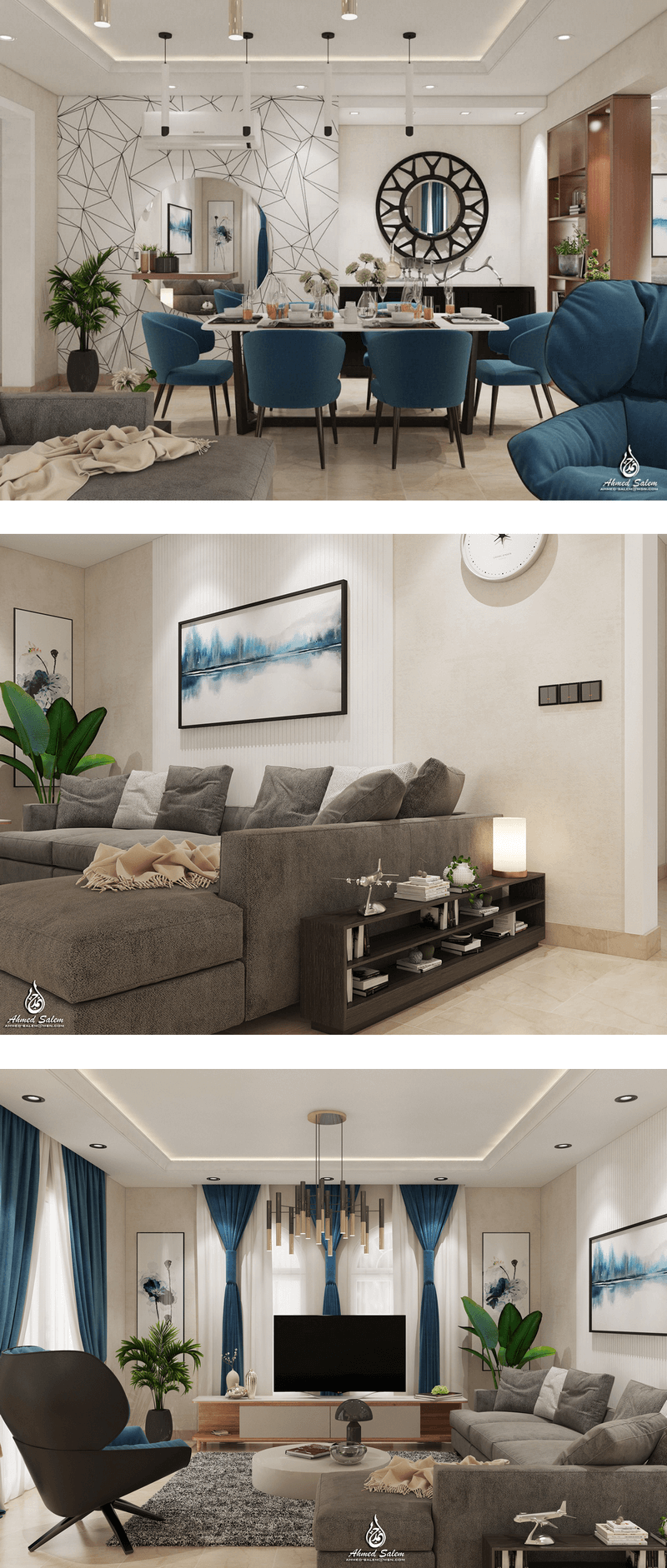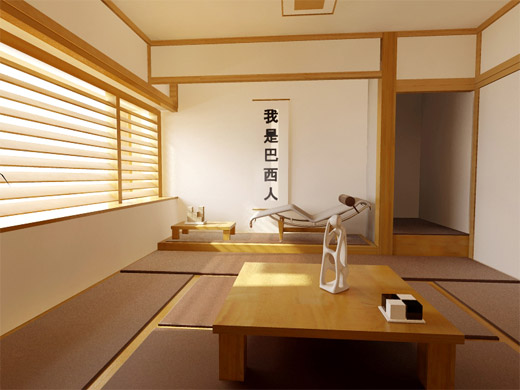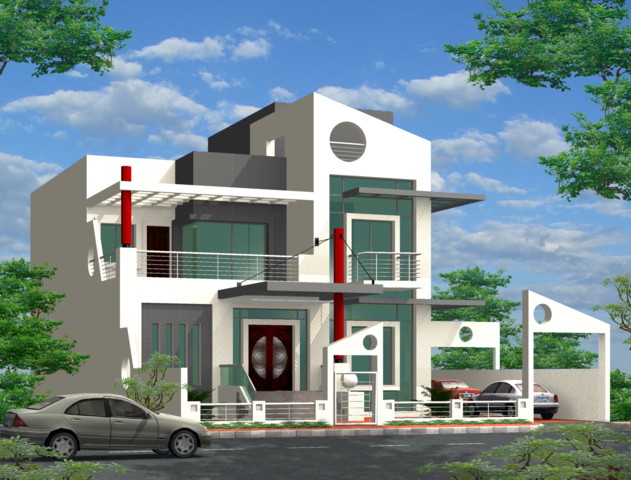

3d max designs how to#
If you have any thoughts on how to make this happen, PLEASE comment 🙂 One possible workaround would to compose your presentation in Showcase – you can export from Revit to Showcase, and you can also export an FBX from 123D and bring that into Showcase too. AutoCAD Architecture can import FBX and then export IFC, but the 3D views do not seem to come through. Sadly, I kept coming up against problems. My big idea was to convert the FBX into IFC with view information in the schema, and then open that IFC in Revit.

However, I have not been able to find an equivalent process for Revit. You can use FBXIMPORT in AutoCAD and you get the named views (cameras), yay. Its easy to export an FBX from 123D Catch, and open that in 3ds Max – you get cameras, yay. This was partly in response to this comment. I thought it would be cool to be able to use a real-life camera location in Revit, because then you would already have the existing scenery as a background image (because 123D Catch would have used it in processing the model). I have spent hours trying to figure out how to take actual camera locations from 123D (Photofly) and get them into Revit as ‘real’ cameras (3D views). Even if there were a Octane Render plugin for Revit, I don’t know if we’d use it, unless it was as well integrated as the Mental Ray one is… I’ve tried several rendering plugins for Revit, and run into the same problems. I’d much rather work with another program, but the Revit linking works so well, and the Octane Render plugin works so well, that well, I just suck it up. The UI drives me crazy, and it’s so crash-tastic that it’s a wonder we get work done sometimes. We’ve tried just exporting OBJs out of Revit or Max & bringing those into Octane Render, and the lack of control over UVs, instancing, entourage, etc. The new model linking in Max 2013 works very well, so we simply link our models, continue to do the ‘real work’ in Revit while we simply swap materials / plants / lights in Max and then use Octane Render to produce the images. If you want to produce renderings from Revit models using anything but the built-in Mental Ray (and it’s vast limitations) then your best bet really is to link the Revit file into Max. “While I respectfully disagree that rendering in Revit is a waste of time, for there are still times we do so, I totally agree with what you’re saying here.

Uncategorized Autodesk 3ds Max Design, dwg, edges, sketchup 3 Commentsįrom Jeffrey McGrew on RevitForum (I’ve underlined key parts): You may experience some geometry issues through this multi-handling of the data. Note – you can also go Export to 3DS, then import to AutoCAD (using 3DSIN command) and divide object by Material (creating a new layer for each material), then go to Revit from there.

3d max designs software#
Building designers using Autodesk Revit software have had the ability to easily import models into 3ds Max to create stunning, photo-real images and animations to communicate design intent.


 0 kommentar(er)
0 kommentar(er)
